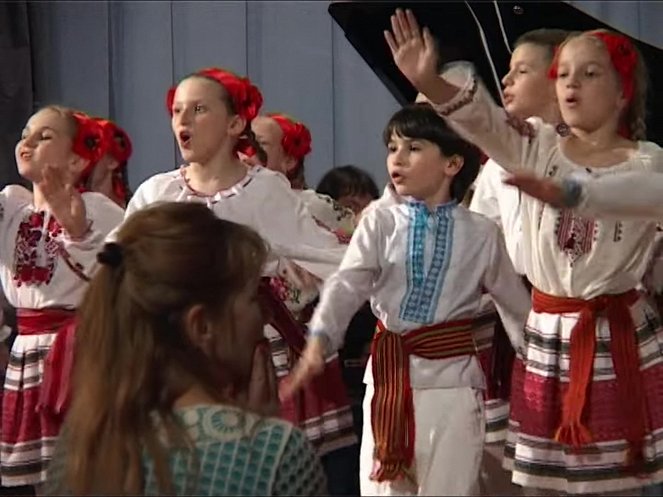Résumés(1)
It is impossible to count the number of gunshots fired in cinema history – so much slaughter, so much wanton indifference to pain and death. La Palisiada, however, features only two gunshots, a quarter of a century apart, and it asks us to grasp the relationship between them. The first of these gunshots, in chronological history, is the official execution of a man named Bohdan in the Ukraine of 1996. Police pointed the finger at him for being the killer of a Colonel. Writer-director Philip Sotnychenko’s choice of 1996 is significant: although Ukraine’s independence was declared in 1991, the country had still been living in the stagnant post-Soviet continuum, a kind of blurring, disorienting limbo that is masterfully represented by the VHS aesthetics as well as the fractured temporality of the film. 1996 also marked the final execution of a convict in Ukraine – a holdover from the repressive Soviet rule. La Palisiada shows not only the barbarity of State-sanctioned murder (reminiscent of Kieślowski’s Krotki film o zabijaniu), but also the haste and corruption of police and court methods that show little concern for individuals. The film focuses on two investigators, their families, and the alienation that imbues their everyday lives – an omnipresent malaise that will have repercussions far into the future. Including, needless to say, our own present day. (International Film Festival Rotterdam)
(plus)